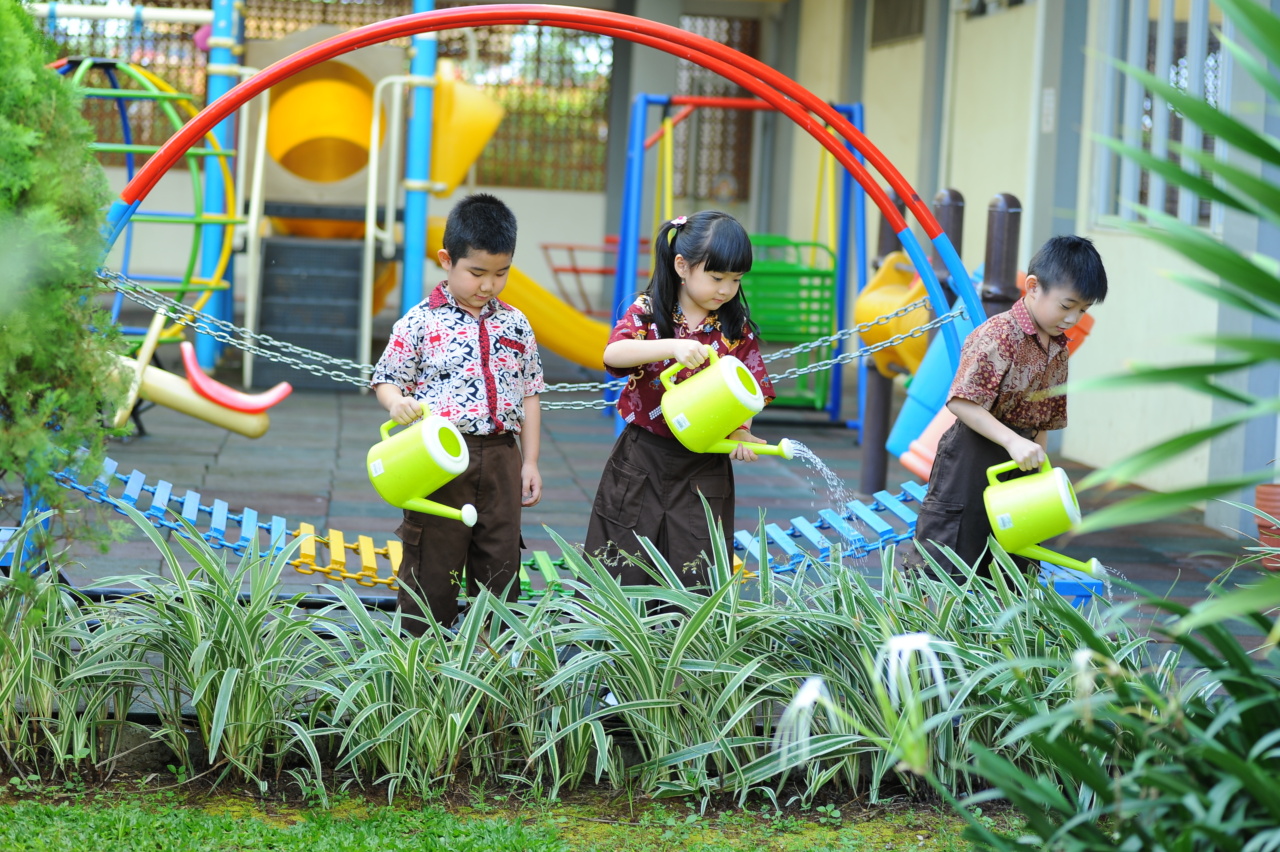Vaccinations have been a topic of debate in recent years, with concerns about potential risks and side effects. However, it is important to consider both the risks and benefits when making decisions about vaccinating children in schools.
In this article, we will explore the potential risks and benefits of vaccinations for children in schools, and provide information to help parents and guardians make informed decisions.
What are Vaccinations?
Vaccinations, also known as immunizations, help prevent diseases by stimulating the immune system to recognize and fight specific pathogens. They are usually administered through injections, but some can be given orally or through nasal sprays.
Vaccinations are a crucial aspect of public health, as they can prevent the spread of infectious diseases and protect individuals who may be more susceptible, such as young children.
The Benefits of Vaccinations
There are several significant benefits to vaccinating children in schools:.
1. Disease Prevention
Vaccinations are designed to prevent diseases that can cause serious illness, complications, and even death. Diseases such as polio, measles, mumps, rubella, and whooping cough can all be prevented through vaccinations.
Immunizing children can help protect them and prevent the spread of these diseases within the school community.
2. Herd Immunity
Vaccinations not only protect individuals who receive them but also contribute to herd immunity. Herd immunity occurs when a significant portion of a population is vaccinated, making it difficult for diseases to spread.
This benefits individuals who cannot receive vaccinations due to medical conditions or age, as they are indirectly protected by the vaccinated population.
3. Reduced Healthcare Burden
Vaccinations help reduce the burden on healthcare systems by preventing the occurrence of preventable diseases. This can alleviate the strain on healthcare facilities, reducing hospitalizations, doctor visits, and overall healthcare costs.
4. Long-Term Protection
Many vaccinations provide long-term protection, often lasting a lifetime. By vaccinating children in schools, they are being provided with long-term immunity against certain diseases, ensuring their well-being as they grow into adulthood.
5. Personal and Community Safety
Vaccinations not only protect individuals but also contribute to overall community safety.
By immunizing children in schools, the risk of disease outbreaks within school environments is significantly reduced, promoting a safer and healthier educational environment.
The Risks of Vaccinations
While vaccinations are generally safe and well-regulated, like any medical intervention, they do come with some risks:.
1. Mild Side Effects
Mild side effects are common after receiving vaccinations, such as pain or redness at the injection site, low-grade fever, or mild irritability. These side effects are typically short-lived and resolve on their own.
2. Allergic Reactions
In rare cases, individuals may experience allergic reactions to vaccine components. Severe allergic reactions, known as anaphylaxis, can occur but are extremely rare.
It is important to have vaccine providers who are prepared to handle any potential allergic reactions.
3. Potential for Adverse Events
While extremely rare, some individuals may experience adverse events following vaccinations. These events can range from febrile seizures to more serious conditions.
However, it is important to note that the benefits of vaccinations in preventing diseases far outweigh the potential risks of adverse events.
4. Misinformation and Vaccine Hesitancy
One of the major risks associated with vaccinations is the spread of misinformation and vaccine hesitancy.
In recent years, various unfounded claims and conspiracy theories have circulated, leading some individuals to question the safety and effectiveness of vaccines. This can result in lower vaccination rates, increasing the risk of disease outbreaks.
Conclusion
Vaccinating children in schools has numerous benefits, including disease prevention, herd immunity, reduced healthcare burden, long-term protection, and personal and community safety.
While there are minor risks associated with vaccinations, such as mild side effects, allergic reactions, and rare adverse events, the overall benefits far outweigh the risks. It is crucial for parents and guardians to make informed decisions based on accurate information from reputable sources to protect the health and well-being of their children and the community at large.



























